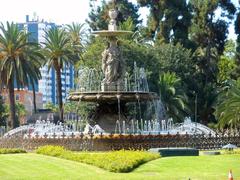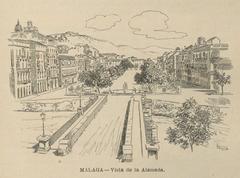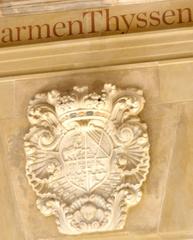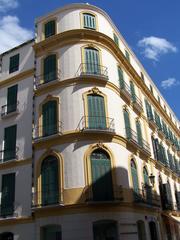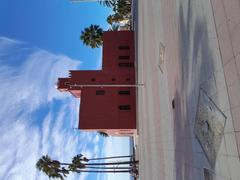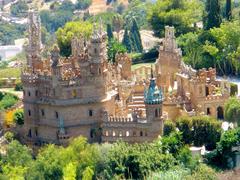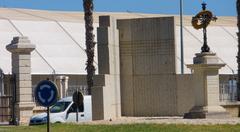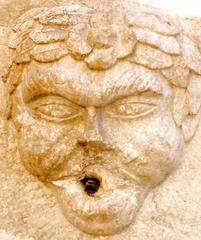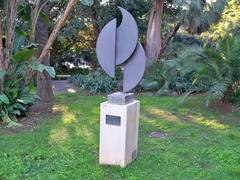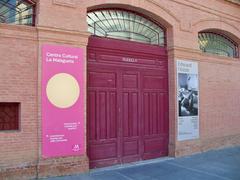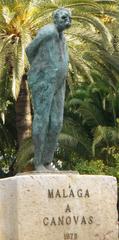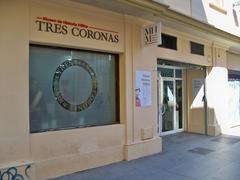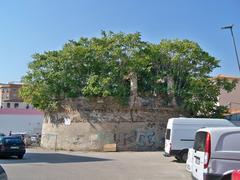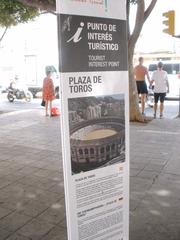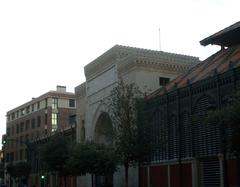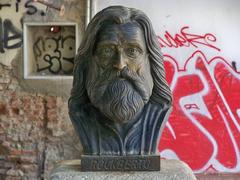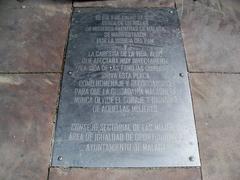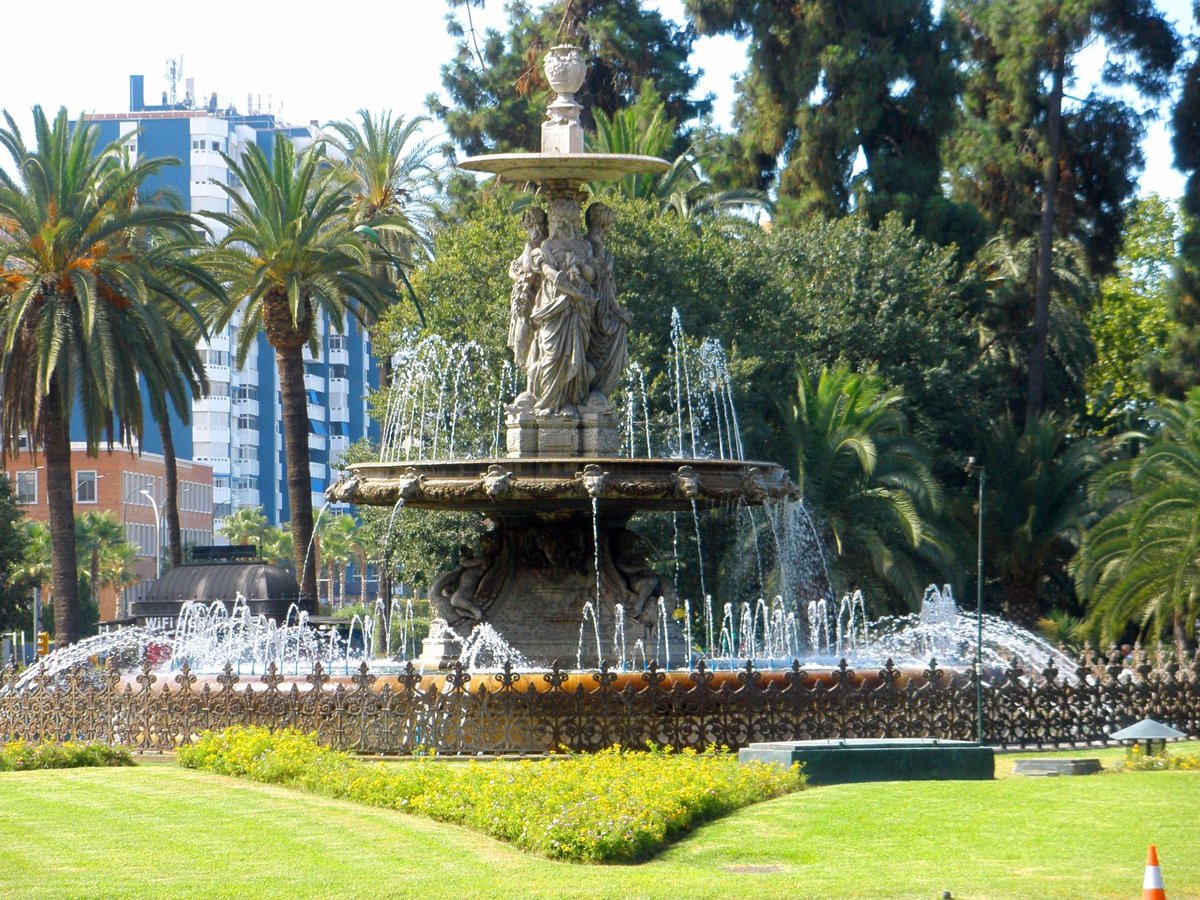
Visiting Hours, Tickets, and Historical Sites of Fuente de las Tres Gracias, Málaga
Date: 24/07/2024
Introduction
The Fuente de las Tres Gracias, or Fountain of the Three Graces, stands as a testament to the rich cultural and historical tapestry of Málaga, Spain. Constructed in 1879 by architect José María Sánchez and sculptor José María Romero López, this neoclassical fountain is a symbol of the city’s 19th-century urban beautification efforts (Malagapedia). The fountain features three female figures from Greek mythology, known as the Graces or Charites, representing charm, beauty, and creativity. These figures—Euphrosyne, Aglaea, and Thalia—embody joy, elegance, and youth, reflecting Málaga’s cultural aspirations towards refinement and artistic excellence (Wikipedia). Over the years, the Fuente de las Tres Gracias has not only become an architectural marvel but also a focal point for public gatherings, cultural festivals, and local art. This guide aims to provide a comprehensive overview of its history, architectural significance, and practical information for visitors, ensuring an enriching experience for all.
Table of Contents
- Introduction
- Historical Background of Fuente de las Tres Gracias
- Visiting Information
- FAQ
- Conclusion
- Call to Action
Historical Background of Fuente de las Tres Gracias
Origins and Construction
The Fuente de las Tres Gracias, constructed in 1879, is an emblematic feature of Málaga’s urban landscape. Designed by architect José María Sánchez and sculptor José María Romero López, its creation was part of the city’s 19th-century beautification efforts (Malagapedia).
Architectural Style
This neoclassical fountain is characterized by its symmetrical design and classical motifs. It prominently features three female figures from Greek mythology, known as the Graces or Charites, symbolizing charm, beauty, and creativity.
Symbolism and Cultural Significance
The Graces—Euphrosyne, Aglaea, and Thalia—represent joy, elegance, and youth, respectively. Their inclusion symbolizes Málaga’s cultural aspirations towards refinement and artistic excellence.
Historical Context
The fountain was constructed during a time of modernization and urban development in Málaga, reflecting the city’s economic growth and industrialization. It was part of broader efforts to beautify public spaces, paralleling the construction of other landmarks like Alameda Principal and Parque de Málaga.
Restoration and Preservation
Several restoration efforts, particularly in the early 21st century, have preserved the fountain’s historical and artistic value. These efforts ensure it remains a well-maintained and prominent landmark.
Historical Events and Public Gatherings
The Fuente de las Tres Gracias has been a focal point for public gatherings, witnessing numerous historical events, including celebrations, protests, and cultural festivals.
Influence on Local Art and Culture
The fountain has inspired many local artists, writers, and musicians, appearing in various forms of art and literature. Its neoclassical design and symbolic figures have left a lasting impact on Málaga’s cultural heritage.
References in Literature and Media
The fountain has been featured in novels, poems, and films, highlighting its importance as a symbol of Málaga’s heritage and cultural identity.
Visiting Information
Visiting Hours and Tickets
The Fuente de las Tres Gracias is accessible 24/7 and free to visit. There are no entrance fees, making it a must-see for both locals and tourists.
Travel Tips
- Best Time to Visit: Early morning or late afternoon to avoid crowds and enjoy the fountain in a serene atmosphere.
- Photography Tips: Capture the fountain from different angles and during various times of the day to appreciate its beauty and architectural details.
- Accessibility: The area is wheelchair accessible, ensuring that everyone can enjoy this historical site.
Nearby Attractions
- Alameda Principal: A beautiful boulevard perfect for a leisurely stroll.
- Parque de Málaga: A lush park ideal for relaxation and picnics.
- Málaga Cathedral: A stunning architectural marvel just a short walk away.
FAQ
- What are the visiting hours for Fuente de las Tres Gracias? The fountain is accessible 24/7, with no entrance fees.
- Is there an entrance fee for Fuente de las Tres Gracias? No, visiting the fountain is free of charge.
- Where is Fuente de las Tres Gracias located? It is located in the city center of Málaga, Spain.
- Are there guided tours available? While there are no specific guided tours for the fountain, many city tours include it as a stop.
Conclusion
The Fuente de las Tres Gracias stands as a testament to Málaga’s rich cultural heritage. Whether you are a history enthusiast, an art lover, or simply a curious traveler, this iconic landmark offers a glimpse into the city’s artistic and historical narrative. For more information, visit the official Málaga Tourism website.
Call to Action
Download the Audiala mobile app for more travel tips, check out other related posts, and follow us on social media for the latest updates on Málaga’s historical sites.
